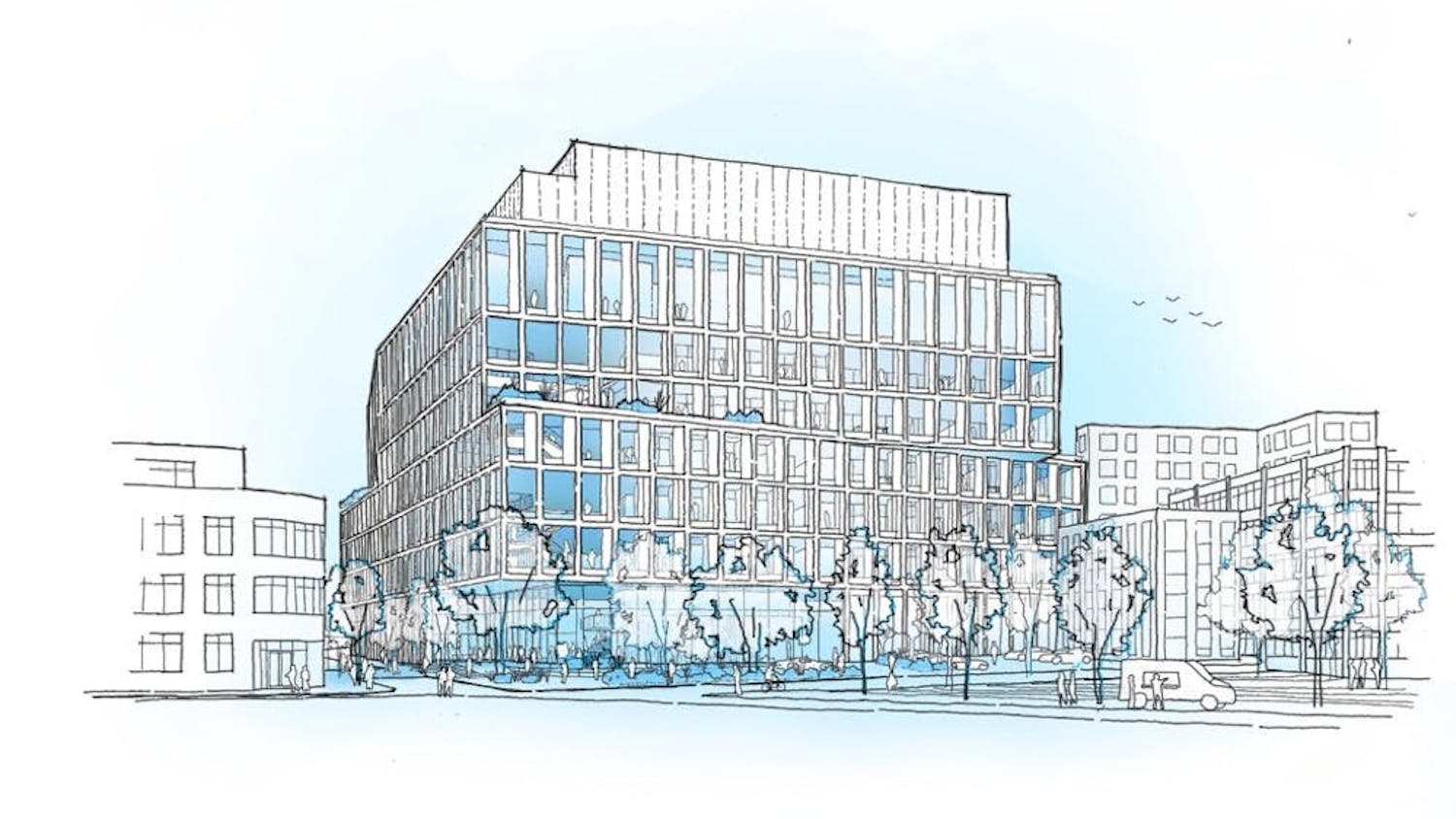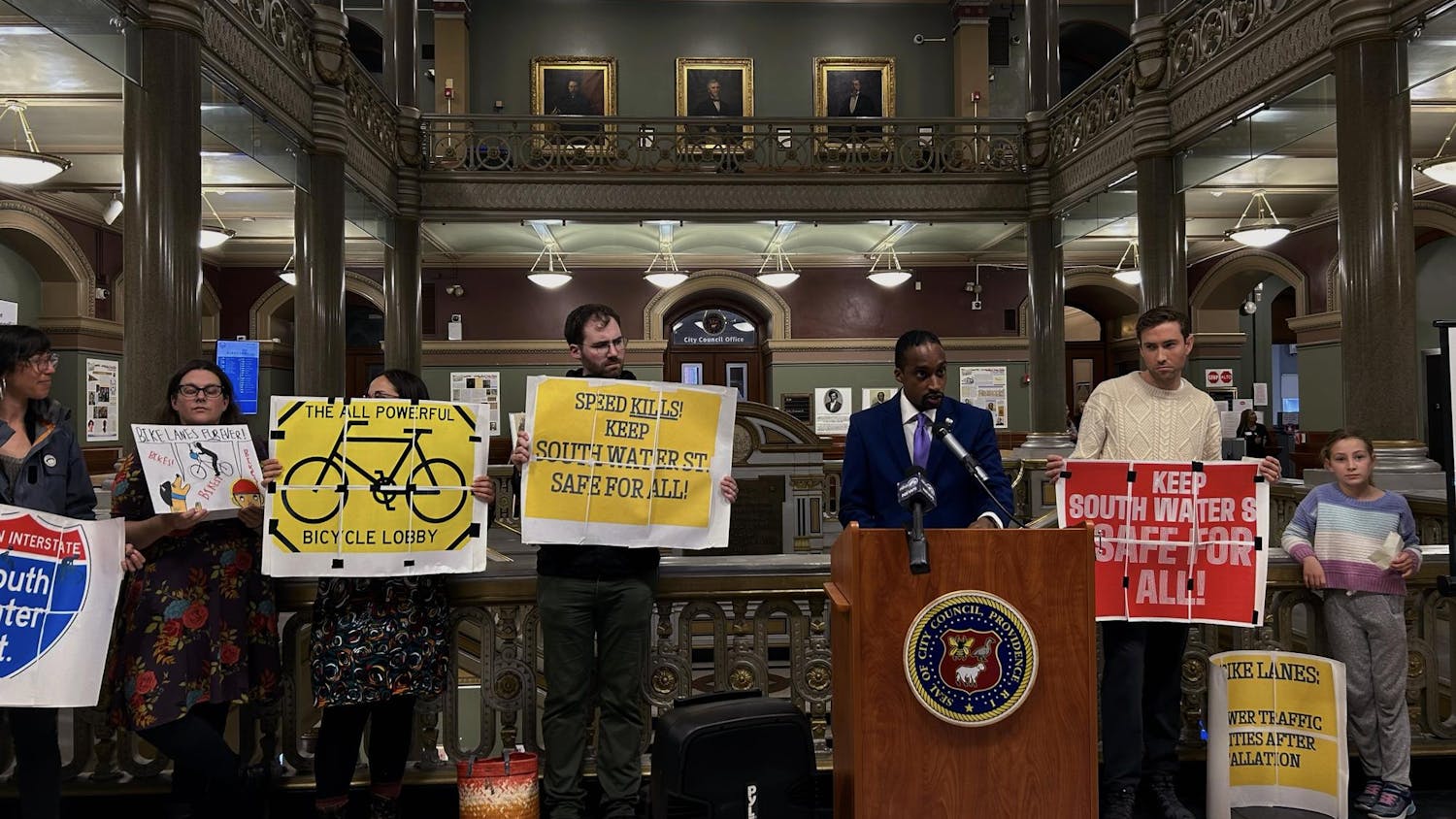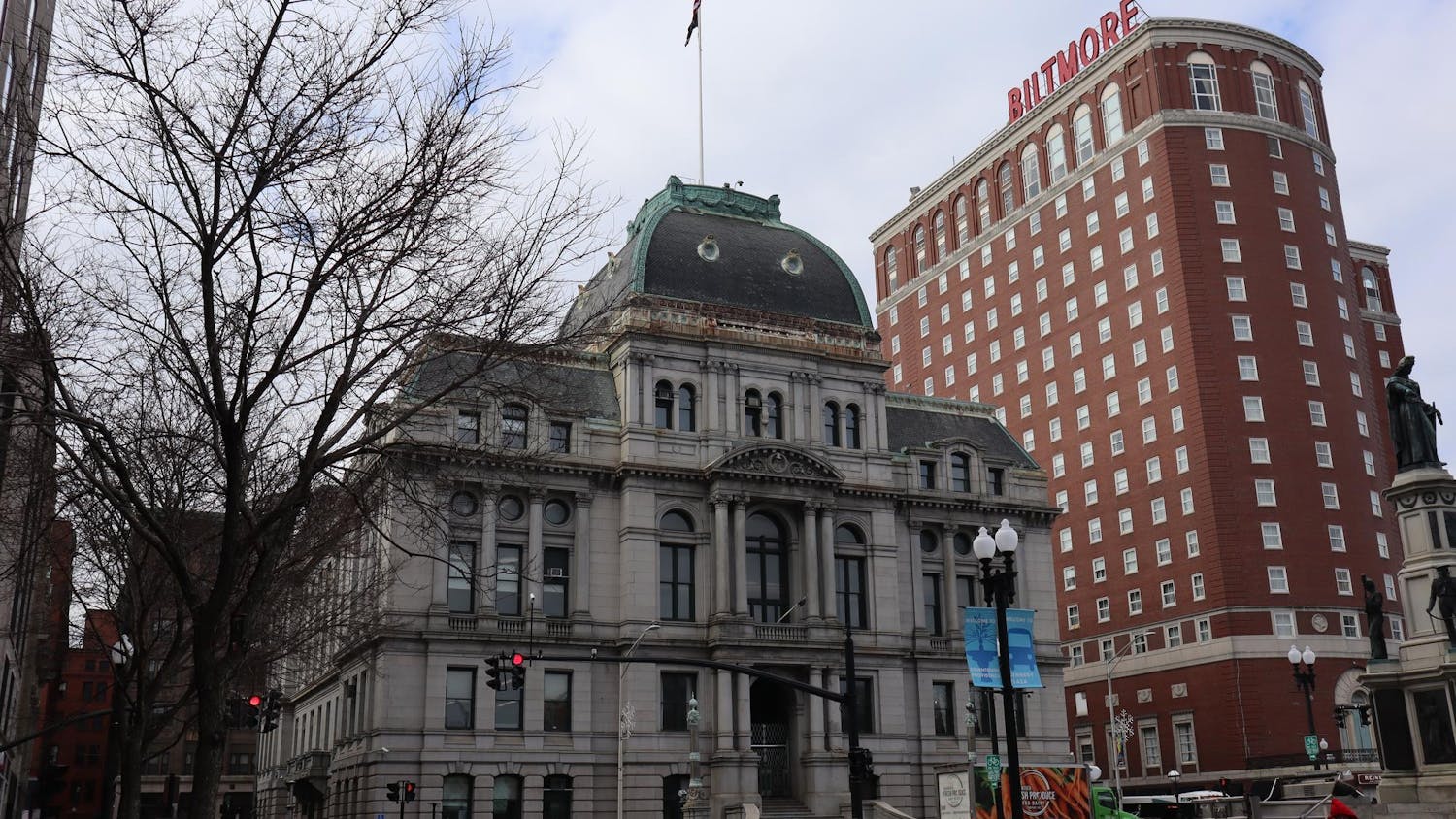Though East Side crime rates have risen in the past year, crime in downtown Providence has dropped slightly, and students and professors continue to feel confident about their safety off College Hill.
"Providence is a safe city," said Mark Porter, chief of police and director of public safety. "But it's only safe when students exercise safety awareness."
From 2009 to 2010, Brown's campus saw a 50 percent decrease in robbery, a 66 percent decrease in simple assault, a 32 percent decrease in larceny and a 33 percent decrease in breaking and entering and burglary, according to Porter. But Porter said burglaries and laptop thefts are expected to increase with the warm weather.
Crime in downtown Providence also decreased in 2010 but by a smaller margin. A December crime report showed that property crimes downtown fell by 7 percent and violent crimes by 8 percent from 2009 levels.
Crime rates increased on the East Side this year due to a rise in breaking and entering cases, but crimes around campus generally occur less frequently than in the rest of Providence, said Providence Police Lieutenant John Ryan.
Brown's policing system is more integrated with the city police than those of most other universities, Porter said. Department of Public Safety officers and Providence Police Department officers meet weekly to discuss crime trends around the city. Keeping the community informed is also an important part of DPS's approach, Porter added.
Ryan said he does not think Brown students are more at risk than anyone else on the East Side, pointing to programs like SafeRide.
Eric Dahlbom '11.5 found the value of SafeRide one night when walking alone on Benefit Street almost two years ago. Around 8 p.m. one winter night, he noticed three hooded men walking behind him.
"I wonder if this is what I think it is?" he said, recalling the incident. "This is definitely what I think it is."
When Dahlbom saw a SafeRide van, he got in quickly. The driver told him he had seen the men walking behind him and knew to pull over, Dahlbom said.
"There's a certain level of awareness you should have," Dahlbom said. But Dahlbom added he has "always felt really safe here, on campus and around campus."
At least two first-years feel safe enough in the community to take late-night runs. Adrien Deschamps '14 said he and a friend run around the East Side and into downtown about three times a week between 10 and 11 p.m. on weeknights.
The students' running route goes from Pembroke campus to India Point Park, Wickenden Street and Kennedy Plaza, he said. Deschamps added that the pair did not usually go deeper into the downtown area because of laziness, not fear.
"I generally feel very safe," he said. "I don't really think downtown is that scary."
Deschamps added that safety concerns do not stop him from venturing downtown on weekend nights by himself or with friends.
Katherine Ernst '14 said the population density and presence of DPS help her feel safer on campus than downtown or elsewhere in Providence. People on campus are more likely to help if they see someone in trouble, she said, and she feels more at ease at Brown events where she knows all attendees are students.
Other students depend on certain safety measures when leaving campus. When Christine Chapman '14 walks back from the downtown train station at night, she makes sure not to go unaccompanied.
"Kennedy Plaza at night might not be the best place," said Emily Regier '14. To feel safer, she does not take the bus back alone at night from her job as a volunteer at the Rhode Island Free Clinic but instead gets a ride from a friend, she said.
"I've always felt safe here," said Iraj Anvar, visiting lecturer in Modern Persian. But he added that he fears the poor economy could result in more crime. "Poverty is the mother of all ill," he said.




